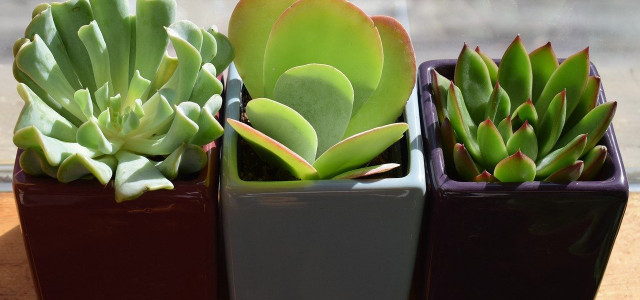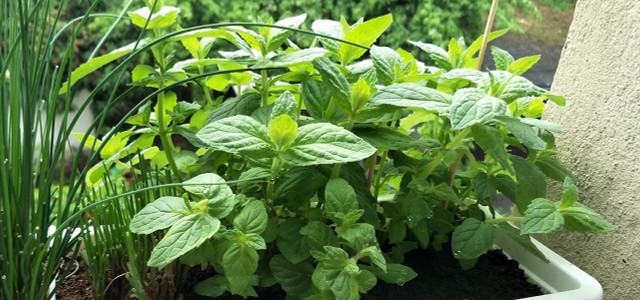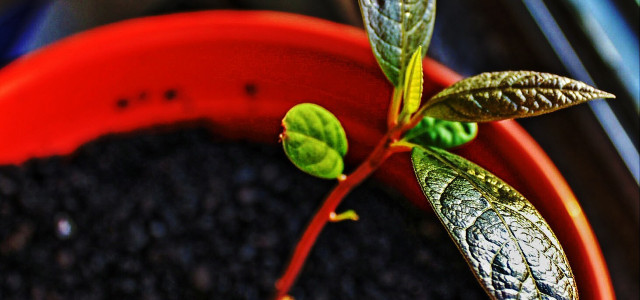Houseplants make your home beautiful. But which plants make the best houseplants, and what is the best way to care for them? Here’s a how-to guide for creating your green oasis.
Houseplants are often spontaneous purchases. We usually take them home, put them on our windowsill, and shortly afterwards, they are dead. But that can change: With some good advice, you can learn how to take care of your houseplants so that they thrive, instead of perish.
Tip #1: Start Small
If you know your thumb is not the greenest, you might want to begin Project Oasis by taking small transplanted seedlings from your friends. This way, you will only have to invest in a bit of soil and a clay pot while you try to beat the learning curve. Your friends will also most likely be very happy to give you some of their own advice along with their young plants.
If you do end up buying a houseplant, choose one that requires as little attention as possible, like a cactus or a succulent. These water-storing plants are easy to care for and can survive for quite a long time even if you forget to take care of them.

Tip #2: Find the Right Plant
You might be gushing about how adorable your chunky little cactus looks in its new home next to your couch. But the cutest spot for your plant may not be the best choice.
Ideally, your plant comes with a sticker with instructions about how much sun it should get. Tropical plants tend to like the sunlight, but others do better in shadier places. Regardless, be sure not to place your plants in the direct sunlight, or they will quickly dry out and shrivel up.
If you have more shade where you live, you can choose, for example, a peace lily, lucky bamboo, or spider plants. Ferns, areca palms, golden ethos and philodendrons are also shade-loving plants. Make sure that the houseplants have enough light and are near a window – especially during winter.
Tip #3: Use Just Enough Water
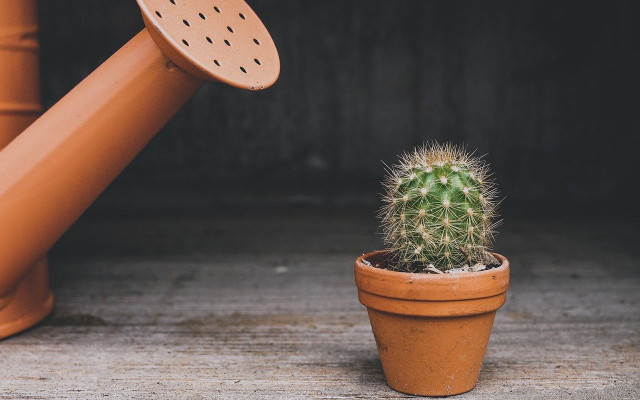


If you water your plants every day, they will grow and thrive and everything will be great, right? Not quite. It is actually possible to water your plants too much or the wrong way. That’s why it’s important to read, either on the label or online, about how much water your particular plant likes and what kind of soil conditions are best. Being planted in soil that is too moist is a death sentence for many houseplants.
With your finger, press down about a centimeter into the soil to check how dry it is. Cacti, for example. need water only when the soil is completely dry.
In winter, you don’t have to water as much as you do in the summer. If possible, collect rainwater and use it for watering. The minerals in rainwater will enrich the soil and help nourish your plant.
Take the time to learn about whether or not it is advisable to fertilize your plant. Organic fertilizers are available in many stores or you could even make your own. In any case, you should fertilize less in the winter time: in fact, in December and January you don’t need to fertilize at all.
Tip #4: Don’t Forget to Transplant
Smaller plants should be transplanted about once every two years, and bigger ones every four years. Always choose a pot that is bigger than the current one, so that your plant has room to grow new roots.
Ideally, every seedling will grow into a big, healthy houseplant, which you have to put in a pot that is large enough to accommodate new growth. In order to help them along, younger plants should be transplanted more often than older ones. A good time is the beginning of spring, as the plant’s growth cycle is beginning.
While you are transplanting, check the roots to make sure that they are healthy and uninfected.
Tip #5: The Right Plant for the Right Room
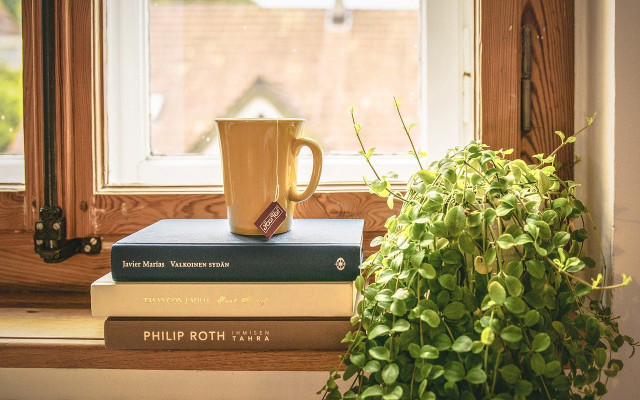


Bedroom
Plants in your bedroom can help you get better sleep by increasing the air quality, right? That may not actually be true: According to a study from 2019, the impact plants do have on air quality is actually very small.
Still, plants can do a lot to improve the ambience in e.g. a bedroom. The following houseplants will thrive in your room and make it look more inviting:
- Snake Plant
- Spider Plant
- English Ivy
- Boston Fern
- Chinese Evergreen
- Weeping Fig
Bathroom
Bathrooms are most often very humid, warm, and often dark.- for some plants these are the ideal circumstances, but for some others, this spells certain death. Here are some houseplants that thrive in high-humidity environments:
- Air Plant
- Aglaonema
- Calathea
- Golden Pothos
- Bird’s Nest Fern
- Monstera
Tip #6: Arrange a Plant-Sitter
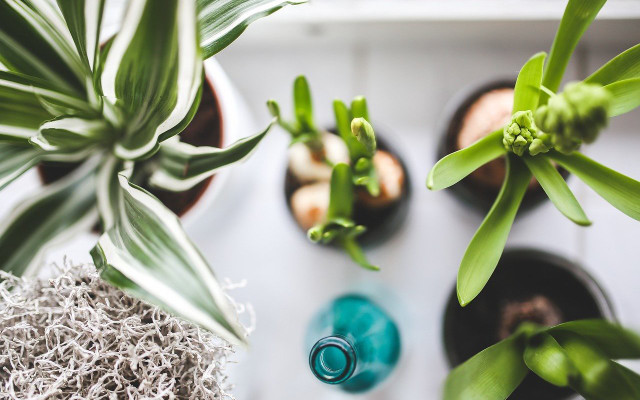


You’re lying on the beach sipping a cocktail, but at home your plants are dying of thirst. That doesn’t sound very fair. If you are traveling, make sure that you arrange for someone to regularly go to your apartment and take care of your houseplants. Leave a note with specific instructions so that your plant-sitter knows exactly how much water each plant needs, and take all of your houseplants out of the direct sunlight before you leave.
If you can’t convince someone to come over and give your plants some love, try this trick. Fill a plastic bottle with water, poke a few holes in the cap and stick the bottle headfirst into the soil. If you don’t have an empty plastic bottle lying around and you don’t want to buy one, ask a friend or colleague if they have an extra one.
Another tip for when you go on vacation: remove the saucers from under the potted plants and place them on a wet towel in the sink or in the bathtub. This way, the plants can pull up the moisture they need when they need it.
Tip #7: The Proper Soil
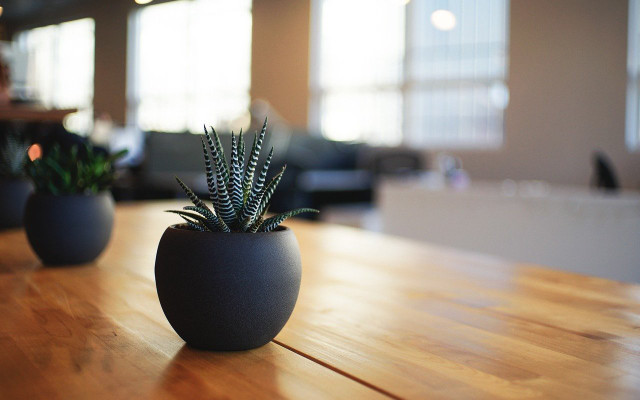


There is very little room in the pot where your plant lives, because much of it is already taken up by the roots. That’s why the little space left should be filled with the most nutrient-rich soil possible.
Certain plants require very particular kinds of soil. Orchids, for example, grow best when fir bark is added to their pots. Normal pot soil is much too moist for orchid roots. Cacti and succulents need very sandy soil.
Mixing clay granules in with soil can help plants survive longer without frequent watering, because they are able to store water and give it back to the plant when it is needed.
Note: When you buy pot soil, be aware of whether or not the product you are buying contains peat. Peat is composed of the decaying remains of plants, and is used by many gardening enthusiasts. But the business of peat-mining is incredibly destructive: raised bogs are utterly demolished, releasing large amounts of trapped greenhouse gases and taking away the natural habitat of many plants and animals that cannot survive anywhere else.
Tip #8: Where To Buy Plants?
The best way to get plants is to ask friends, family members, or a local community garden. If not, try to find an organic seed nursery close to your home.
Don’t forget that you can also buy used terra cotta pots from flea markets. Alternatively, ask friends and family if they have any collecting dust in their garden sheds. It is perfectly possible to have a beautiful home full of plants without spending any money at all.
Tip #9: Pay Attention to Signs



Your houseplants are living things. And just like all other living things, you can often tell whether or not they are doing well by looking at them closely. Here are a few warning signs:
- Losing leaves: poor drainage, too little light, or too dry
- Yellowing leaves: pests
- Pale color: not enough light
Observe your houseplants very closely. This way, you can recognize a pest infestation in time to treat and cure your plant.
Tip #10: Leaf-Care
Unlike plants that are outside in nature, your houseplants are not exposed to the wind and are therefore not automatically cleaned. That job now falls to you.
Wipe the leaves regularly, about every two months: either use a wet cloth or spray them with a spray bottle. By doing this, you can help your plants produce more energy from sunlight and they will look nicer.
This article has been translated from German to English by Christie Sacco. You can read the original version here: Wie man seine Pflanzen nicht tötet: 10 praktische Tipps
** Links to retailers marked with ** or underlined orange are partially partner links: If you buy here, you actively support Utopia.org, because we will receive a small part of the sales proceeds. More info.Do you like this post?






